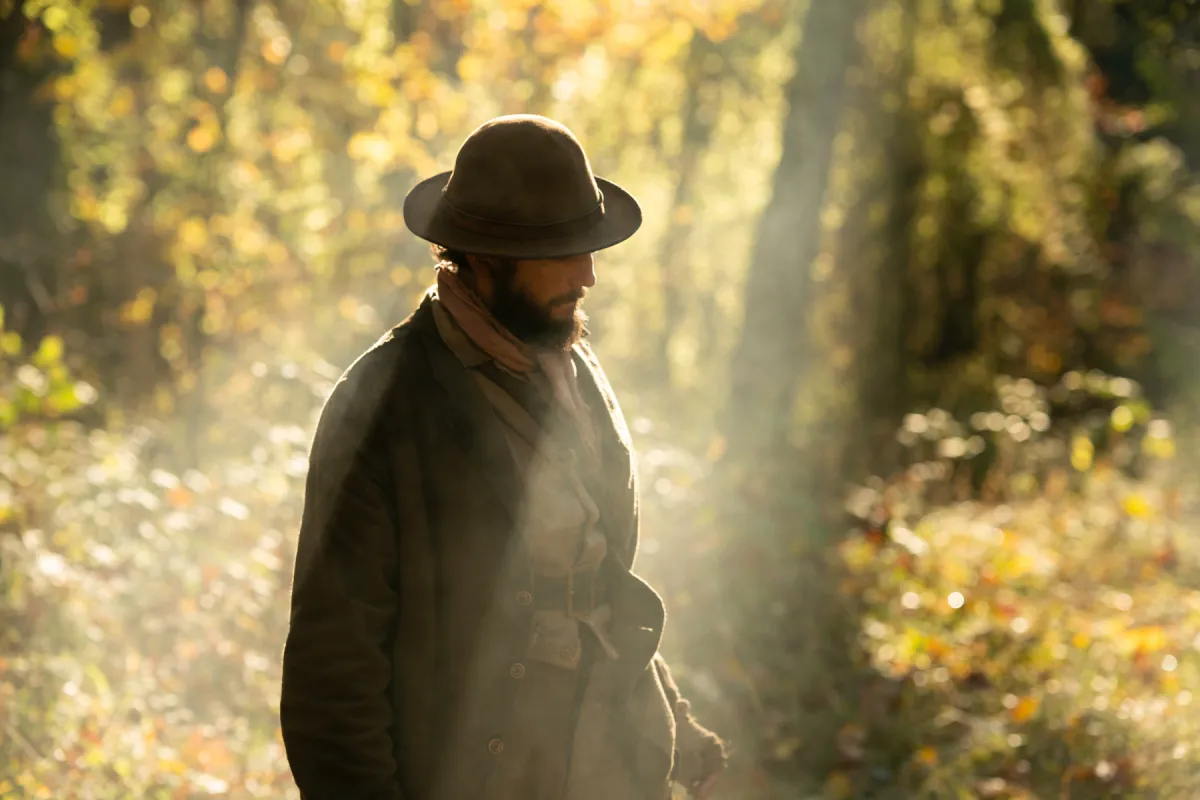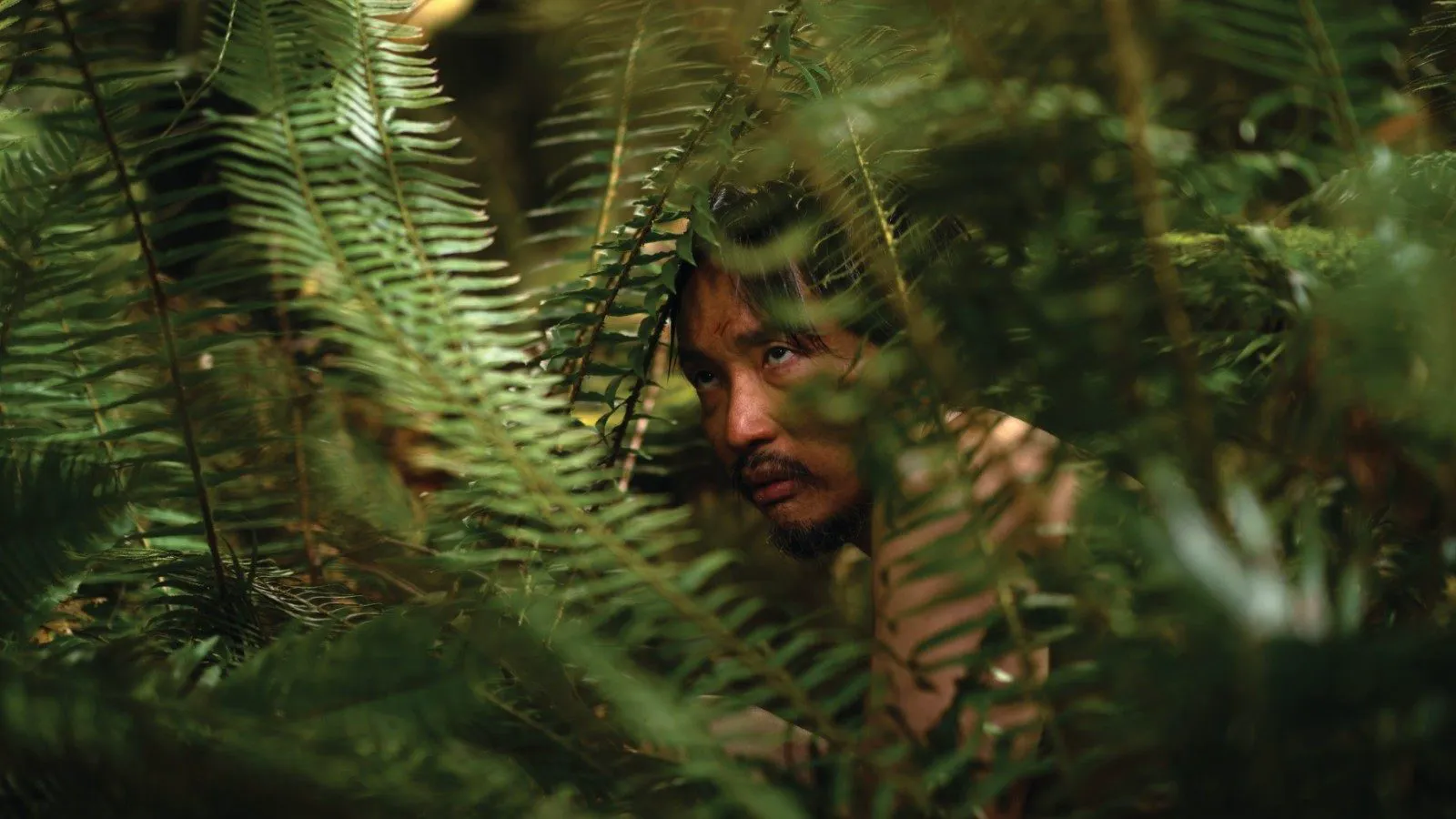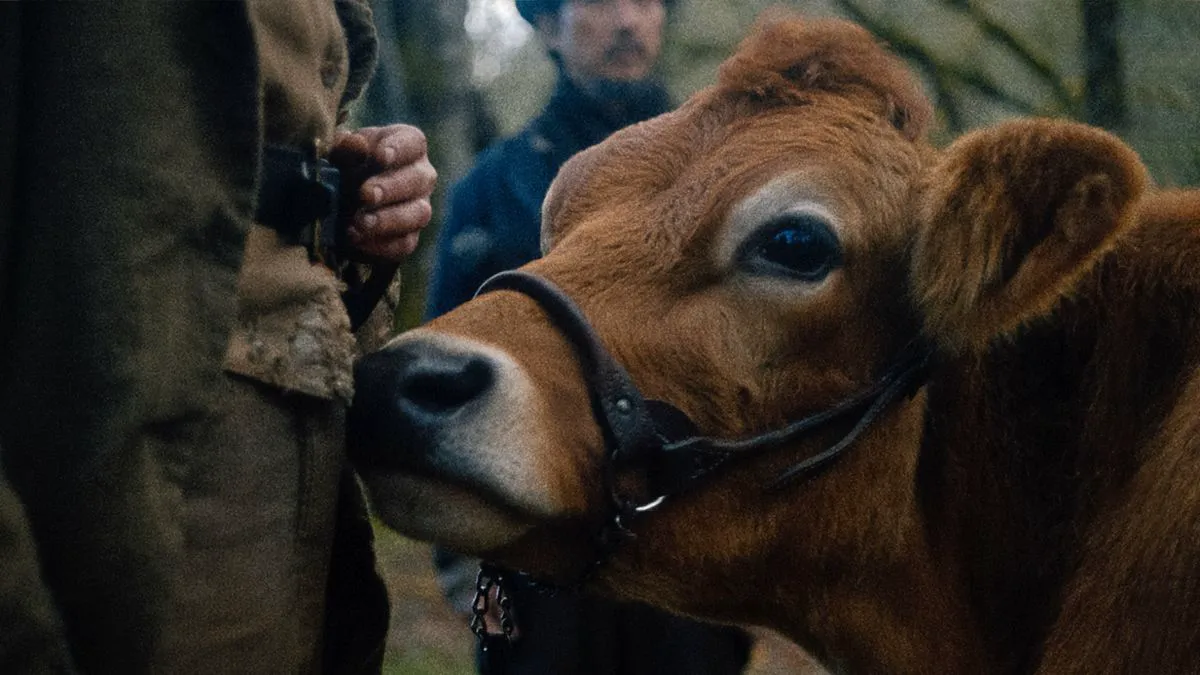A Tale of Doughnuts and Dreams: Revisiting the American Frontier in “First Cow”
The film opens with a modern-day woman walking her dog along a riverbank. Her canine companion unearths a bone, leading to the discovery of two skeletons lying side-by-side. The narrative then transports us back two centuries. Here, we meet a gentle soul nicknamed Cookie, employed as a cook for trappers. During one of their expeditions, he encounters King Lu, a Chinese immigrant. Fate reunites them in a small frontier settlement, where a casual conversation sparks an ingenious business venture.
The settlement’s sole affluent resident, Chief Factor, a British aristocrat (or at least aspiring to be), has acquired a cow to add milk to his tea. Cookie and King Lu devise a plan: under the cover of darkness, they secretly milk the prized cow and use the milk to bake doughnuts, which they sell to the settlers who are starved for a taste of normalcy.

John Magaro as Cookie in “First Cow”
Challenging the American Dream
British comedian Stephen Fry has a witty observation about the difference between British and American mentalities. He suggests that the British are descendants of those who feared change and stayed put, while Americans are the offspring of those who boldly ventured into the unknown. However, Kelly Reichardt, the director of “Certain Women,” “Meek’s Cutoff,” and now “First Cow,” offers a more nuanced perspective.

Orion Lee as King Lu in “First Cow”
“First Cow” falls into the category of “neo-westerns,” a term that signifies a revisionist approach to a specific historical period. Reichardt’s portrayal of the frontier is devoid of romanticism, focusing on a less-explored era when both the West and the East were wild. She visually confines the vast horizons to a narrow 4:3 aspect ratio and narrows the narrative to the intimate story of two insignificant and doomed dreamers. In contrast to traditional westerns where larger-than-life heroes are dwarfed by majestic landscapes, “First Cow” elevates ordinary individuals, framing them against towering ferns and trees.

Evie the Cow in “First Cow”
A Myth in its Infancy
In some ways, Reichardt’s film is a reverse “The Sisters Brothers,” sharing a similar tone of gentle melancholy and featuring endearing underdogs who struggle to fit in. While Jacques Audiard’s film explored the decline of the Wild West, “First Cow” captures the myth in its nascent stage. The characters are out of place not because time is passing them by, but because there is no place for them to belong. America, and Americans, do not yet exist. Instead, there is a mix of Chinese, Russians, Native Americans, English, and Irish individuals from various social classes and with different goals, all forced to coexist.
The Illusion of Opportunity
For Reichardt, frontier America is not a land of the brave and daring, but a destination for traumatized individuals chasing an unattainable dream. This dream, later known as the “American Dream,” is deconstructed to reveal its inherent flaws. Class mobility is impossible due to the insurmountable barriers that separate people, whether literal, social, or psychological. The “magic” stone, a symbol of empty dreams, reflects another recent film about people seeking quick financial success. Those who yearn for a “little taste of home” are destined to have no future. America, despite its bravado, is built not on the shoulders of great individuals, but on the bones of countless losers.